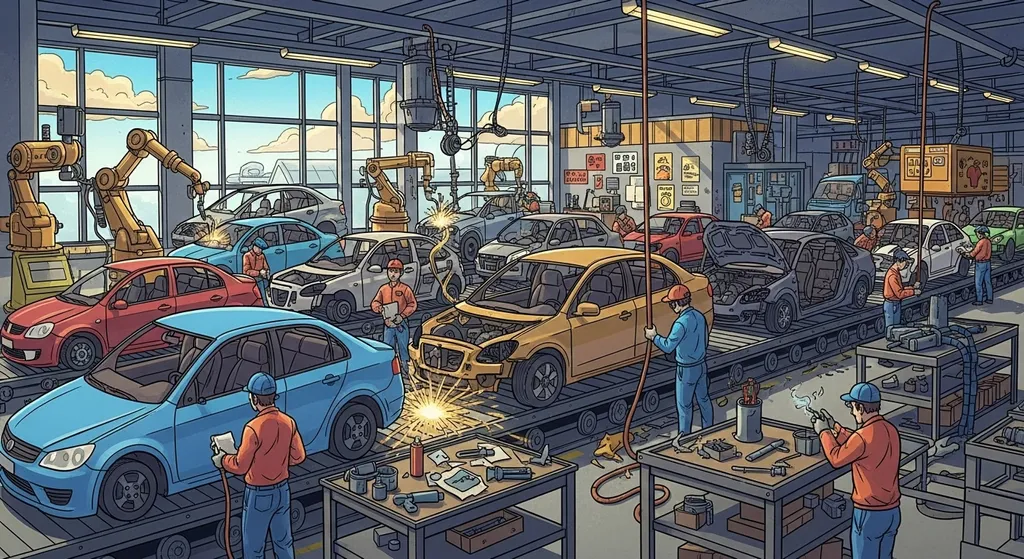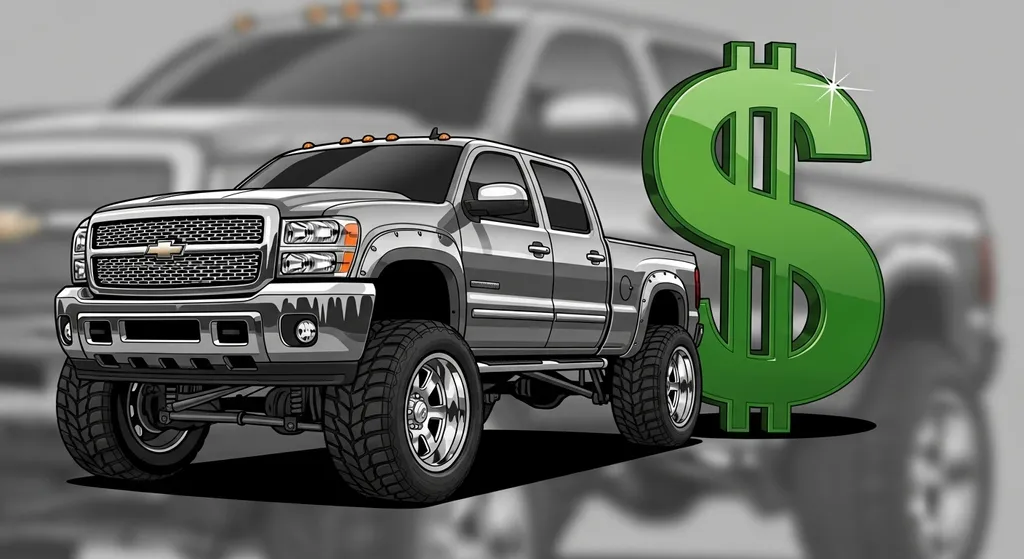B1
Car companies feared big costs from Trump tariffs but found ways to save
Lower fines for pollution and smaller taxes help profits



